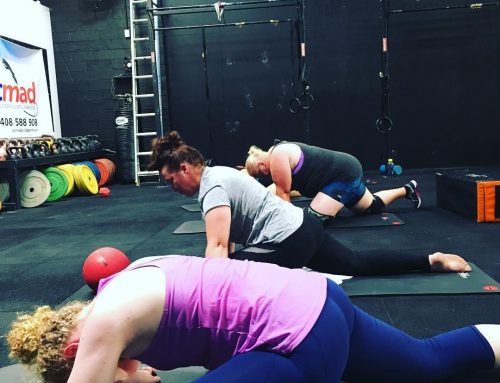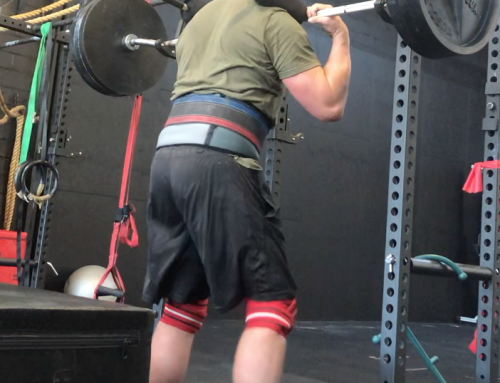Strength training requires not just a Strong Body, but also a Strong Mind. Often trainees miss a lift, not because they are not strong enough, but because they are not mindful enough. They let the matter overcome the mind.
Breathing exercises can help to create a stronger MindSet. Not only is breathing a relaxation tool, but it can also help you to become stronger, more resilient, healthier, and less prone to injury and disease.
Mindfulness
A basic method to become more mindful is to focus your attention on your own breathing—a practice simply called “mindful breathing.” Try to ensure you are breathing from your belly, not with your chest. This is an important skill to help deal with stress, anxiety, negative emotions, and to cool yourself down when your temper flares, and sharpen your ability to concentrate. It can also help you to visualise a lift at the gym, to get ready for that lift, and to lift correctly.
Sympathetic Nervous System
When you deep belly breath, you switch from shallow chest breathing. Your sympathetic nervous system becomes switched on when you breathe with your chest. This activates your fight/flight response, which puts you in a stressed state. When you practice mindful breathing from your belly, you automatically switch on your parasympathetic nervous system, which allows you to be in a more relaxed state.
Strength & Injuries
Breathing plays an important role in strength training, as it can help to ensure your core is switched on. Understanding the mechanics of breathing can brace us for exertion, like the way we brace our trunk with a deep breath, held properly when we are performing a heavy squat. Breathing creates both flow and pressure and has to be applied correctly for optimal performance.
Forced deep belly breathing techniques are valuable because they strengthen the breathing muscles, many of which are important for stabilising the spine and maintaining torso stiffness during exercise. Studies have shown that forced breathing exercises performed 3 times per week over 6 weeks in populations suffering from low back pain resulted in improved results in stabiliing the spine, managing pain symptoms, and addressing lordotic posture.
Chest breathing or shallow breathing can overwhelm secondary breathing muscles like the pec minor and upper trapezius resulting in elevation and protraction of the shoulders sometimes referred to as upper crossed syndrome. This posture can result in chronic tightness in the neck and shoulders and an increased cortisol response causing chronic inflammation. Deep diaphragmatic breathing is often useful in releasing tension in the cervical area and building stability in the torso.
Health Conditions
A lack of oxygen, and the inflammation and stress that can occur when breathing shallowly from the chest, can also lead to a whole host of health conditions and diseases, such as hypertension, stroke and heart attacks, cancers, damaged mitochondria, adrenal fatigue, gut issues due to decreased digestive function, anxiety, depression and fatigue.
MindSet & Breathing Exercise (with a Strength Training Twist!)
Today at Move Strong, we put our trainees under tension, while performing a MindSet & Breathing exercise. Feel free to play at home!
Grab yourself a kettlebell that is tough to stand up straight with but light enough that you can carry it unbroken for 400m with hand switches.
Here’s the catch:
- Fill your mouth with water.
- Walk 400m.
- Hold KB in one hand and brace your core.
- Walk for 10 breaths (4 steps = one breath in; 4 steps = one breath out) with the KB in one hand, then switch.
- Repeat, walking 400m switching hands undoing the 10 breaths.
- When you get back, spit the water out…or swallow…no judgements here 😉
If you do it as prescribed, you are RX, if not, you are scaled.
Go as heavy as you can.








Leave A Comment